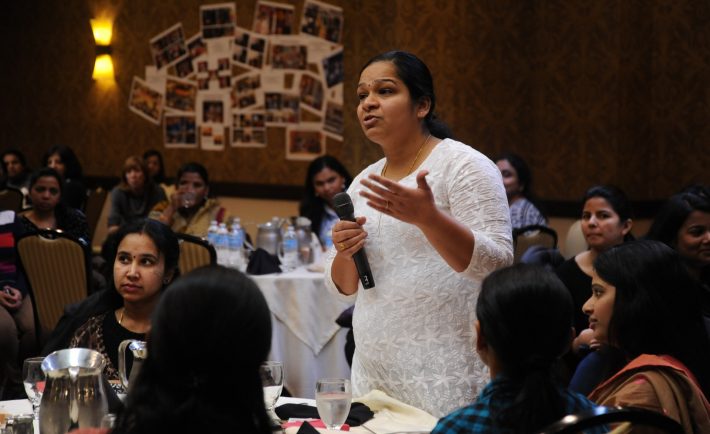It’s human nature to compare ourselves to those around us. In theory, it seems reasonable enough, but in reality, it can be a slippery slope, especially when we’re surrounded by friends who unknowingly (or knowingly) harm our finances.
Maybe your friends are getting married and applying for their BTOs, while you’re still single, navigating the transition into a new career. You might start wondering what the “normal” timeline for life is. But here’s the catch: comparisons only work if you’re using yourself as the benchmark.
You see, even if you were raised to mind your own financial business, that doesn’t mean all your friends or acquaintances follow the same rules. This is why self-awareness is crucial. By identifying which friends might be messing with your financial stability, you can better neutralize their impact on your wallet.
#1: THE ENABLER
The Enabler is that friend who points out how hard you’ve been working and tells you, “You deserve nice things!” and even if those nice things are way beyond your means. Their intentions are sweet and they just want you to feel special because they care about you. In many cases, the Enabler is someone close to you. Sometimes, though, it could even be you enabling others.
How to handle it? Carry only the amount of money you’re willing to spend when you’re with this friend. Once the cash is gone, you won’t be tempted to go beyond your budget. Furthermore, avoid activities like window shopping together as it’s a trap for overspending.
#2: THE BORROWER
We’ve all had that friend who shows up only when they need financial help. They’ll hype up your latest travel pics or drop comments on your IG stories, only to later DM you with a request for money, promising to pay you back at the end of the month. Spoiler alert! It’s rarely easy to get your money back from a Borrower.
To protect yourself, be clear about the purpose of the loan and have a structure in place, especially for larger amounts. A written agreement with terms like interest, repayment deadlines, and late fees can go a long way toward ensuring you get repaid.
#3: THE CONMAN
This friend is always up to date with the latest “get-rich-quick” schemes or “once-in-a-lifetime” investment opportunities, which are complete with vague business plans and shady multi-level marketing structures. This friend will try to convince you that this scheme is the golden ticket.
Your best move? Be direct! Tell them upfront that you’re not interested and explain that your funds are tied up in more important matters such as childcare, student loans, or HDB improvements. The key is setting firm boundaries and not getting sucked into their scheme.
#4: THE DRAMATIC
Drama seems to follow this friend wherever they go. Their life is always full of chaos, including financial disasters they refuse to address. While your instinct may be to help, friends like these often can’t be helped until they decide to help themselves. Pouring time, effort, and money into them may only result in disappointment.
Sometimes, the best way to help is by stepping back and allowing them to face their financial problems on their own terms.
#5: THE BULLY
A financial bully is that friend who makes you feel small for your financial choices. I had a friend once who would say things like, “Girl, you pick the place, since you’re the poorest among us.” It took me years, but eventually, I cut her out of my life.
Financial bullies thrive on feeling superior, but their teasing often stems from their own insecurities. They might mock your budgeting habits, yet they could be the ones struggling to pay their bills. If you find yourself in this situation, speak up! Remind your friends that sticking to a budget is part of your plan for financial stability.
#6: THE OPTIMIST
Much like the Enabler, the Optimist has a skewed view of reality when it comes to finances. They live by the motto, “You only live once! C’mon, YOLO!” which can lead to risky behaviors like spending your rent money or draining your emergency fund on a lavish vacation.
How do you manage this? Keep the conversation focused on your financial goals. By sharing concrete, achievable targets, you not only keep yourself grounded but might also inspire your optimistic friend to take a look at their own financial habits.

Image Credits: unsplash.com
By being mindful of these types of friends and their influence, you can make better choices for your financial well-being, without sacrificing your relationships.









